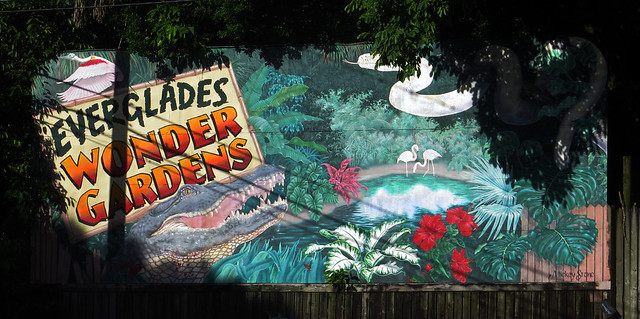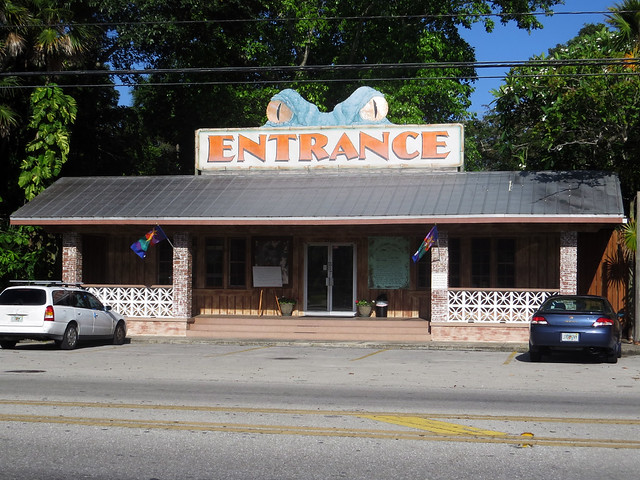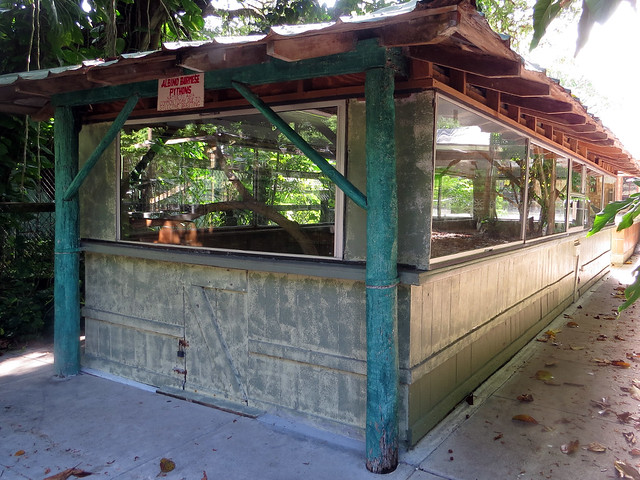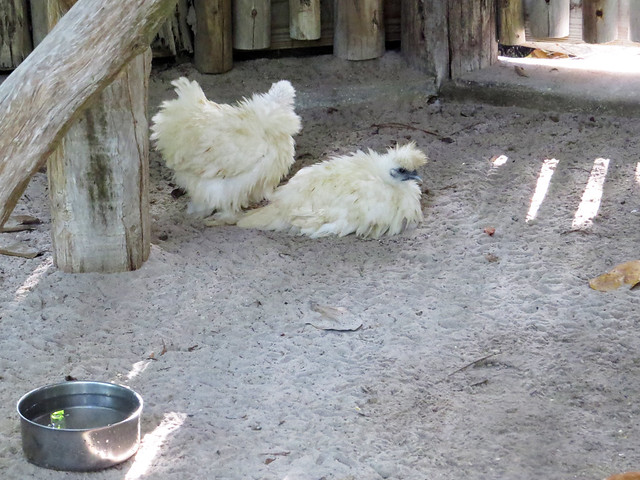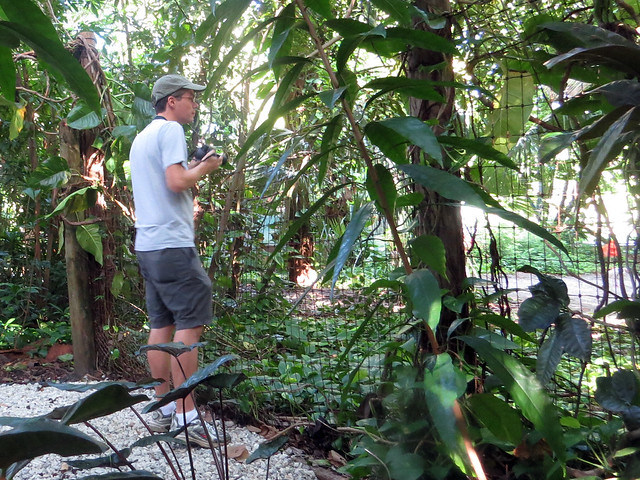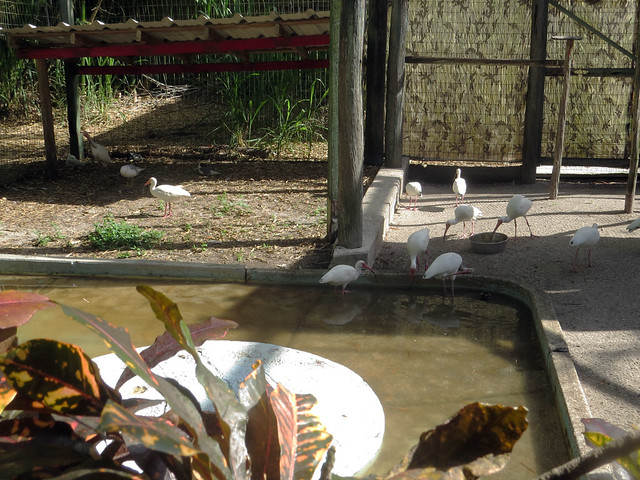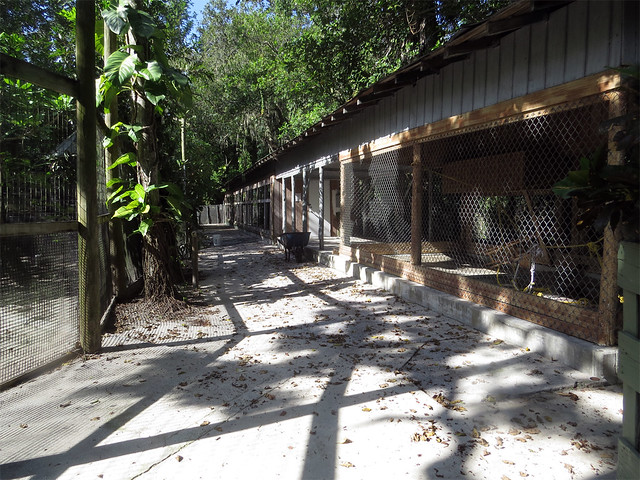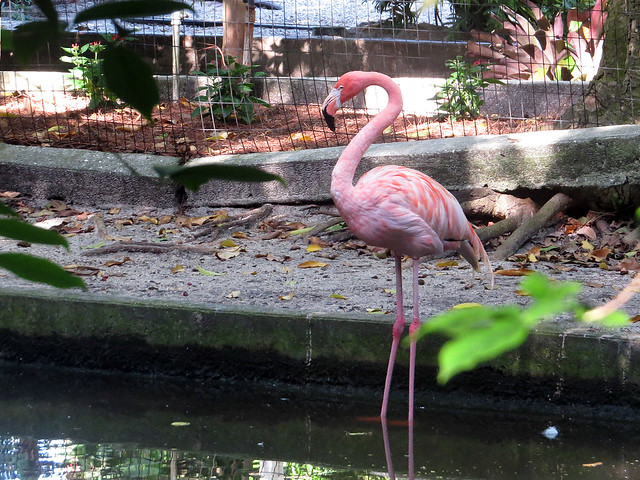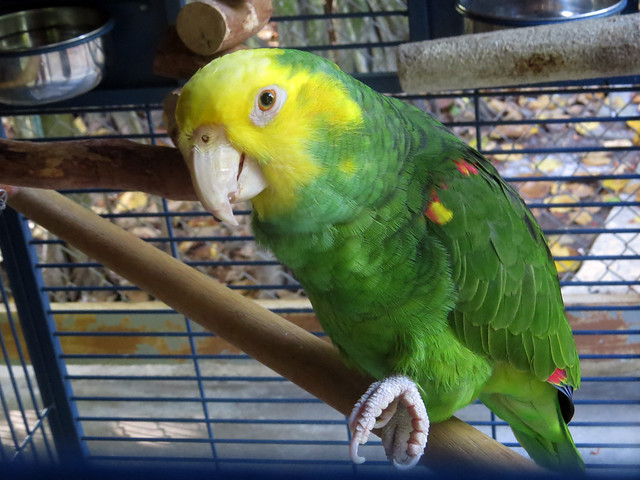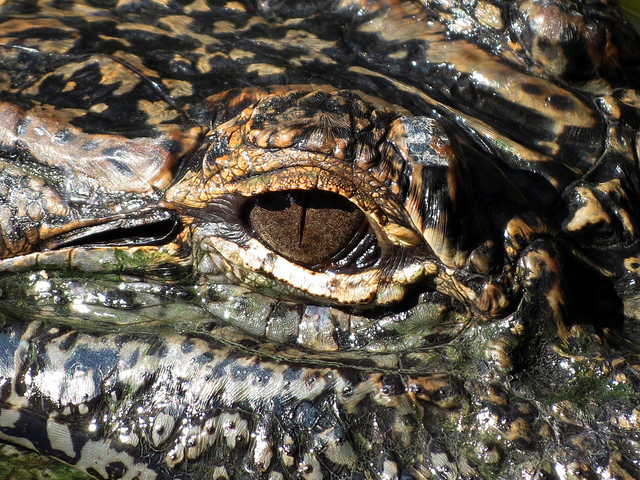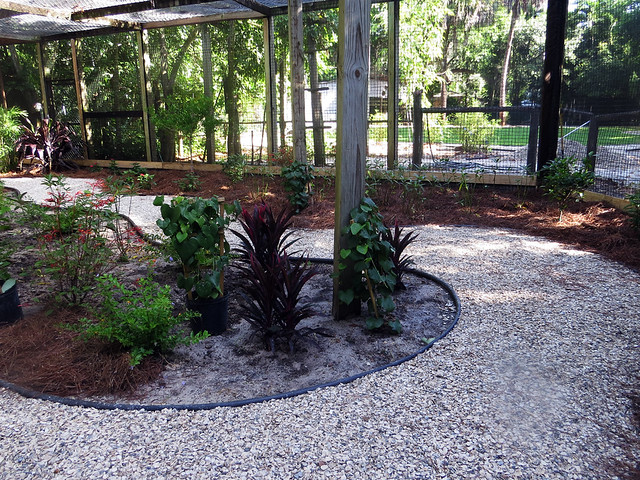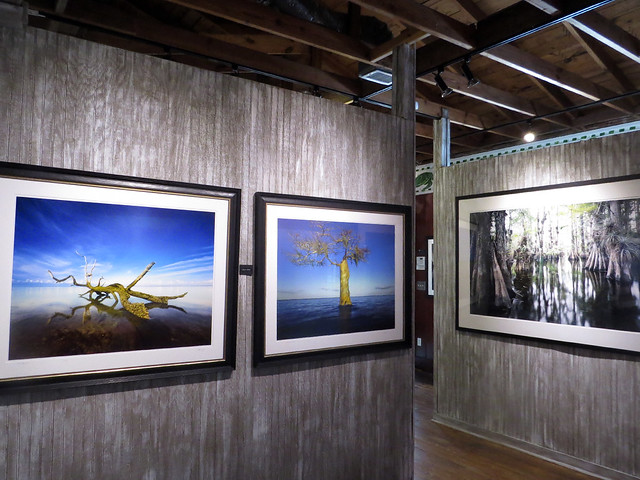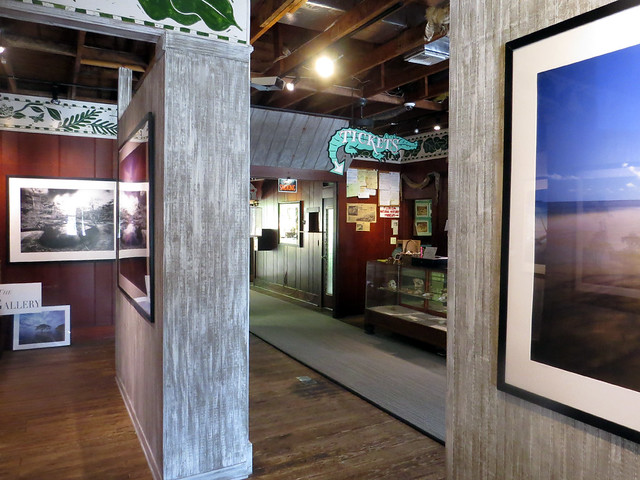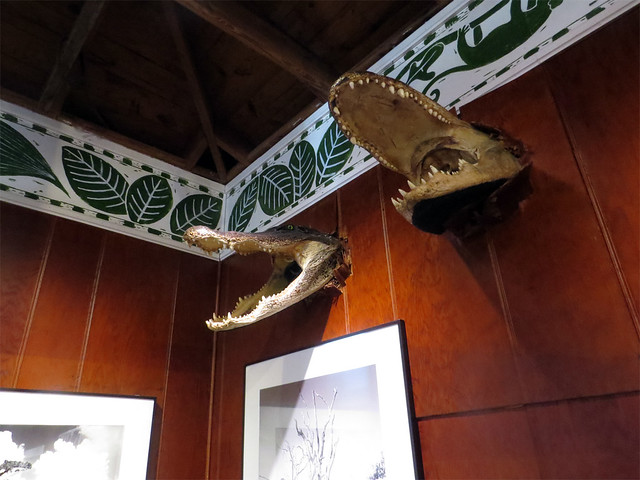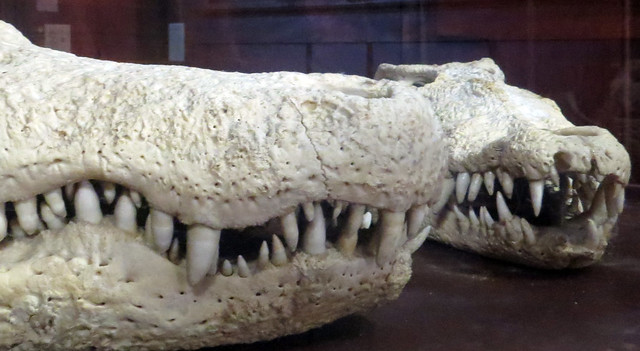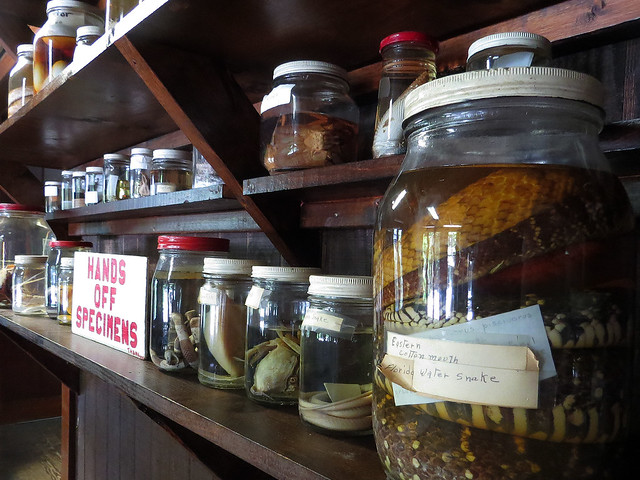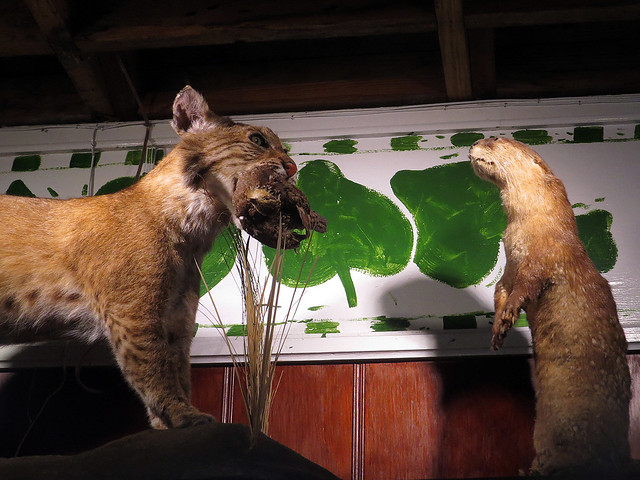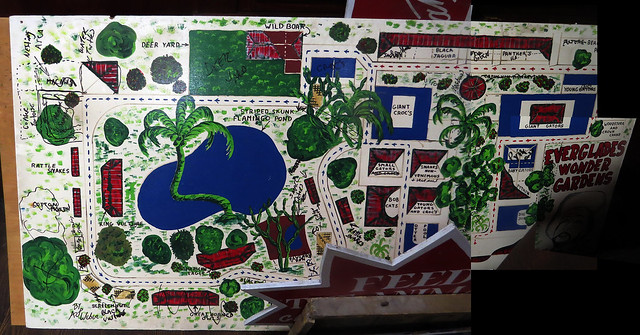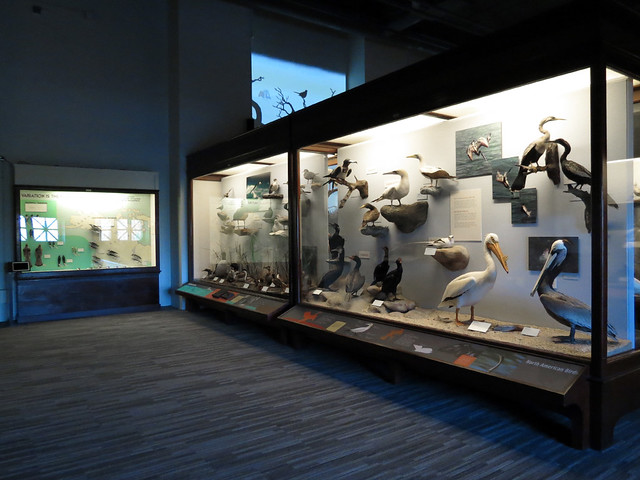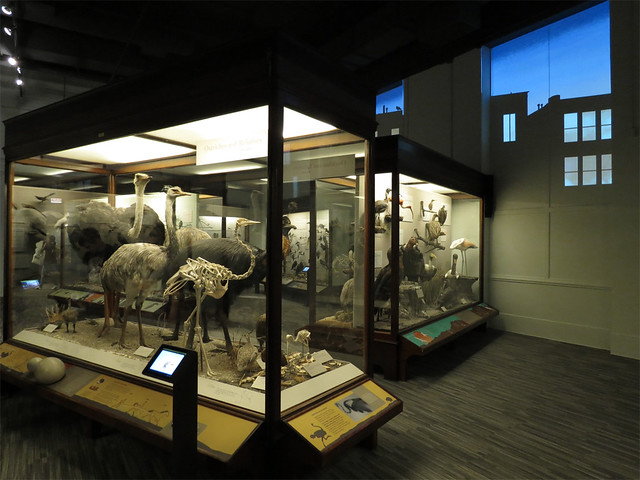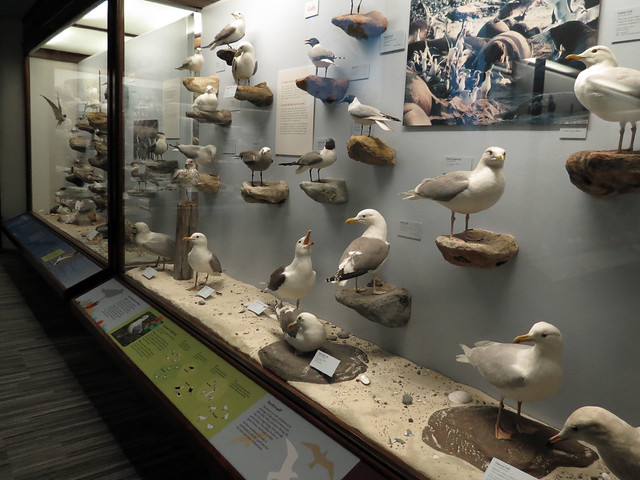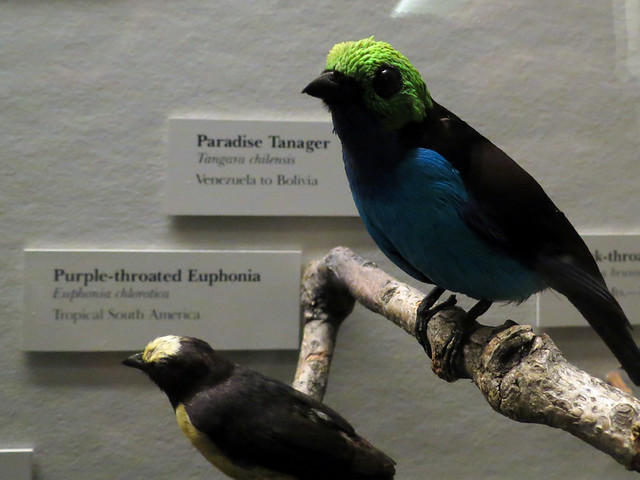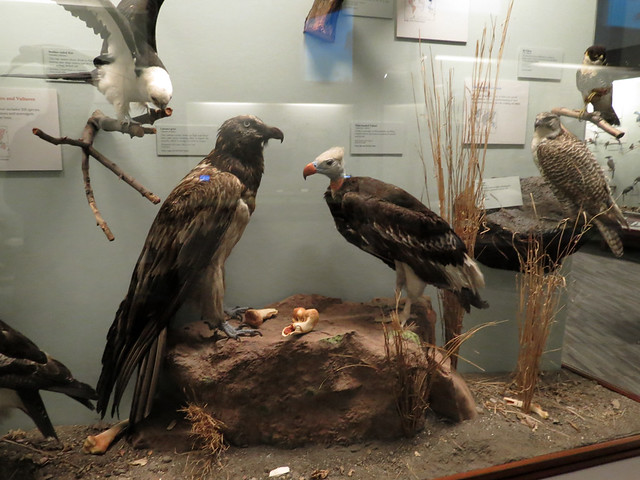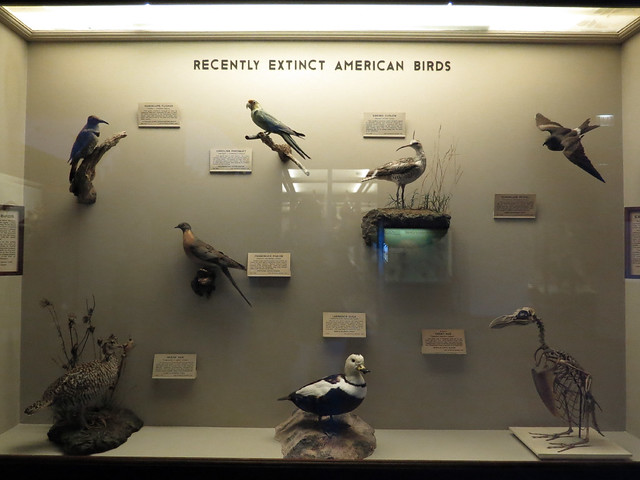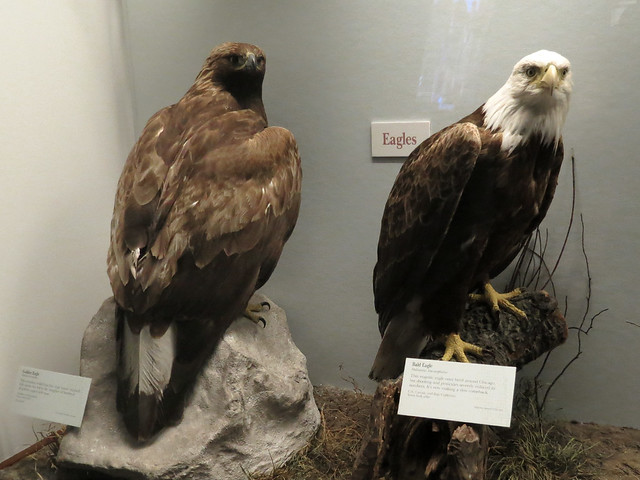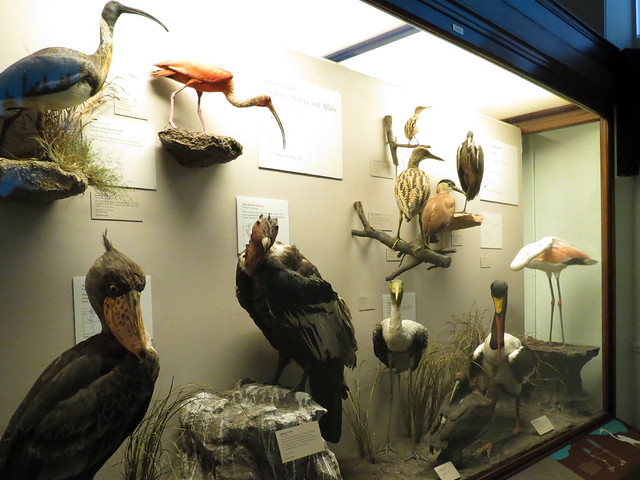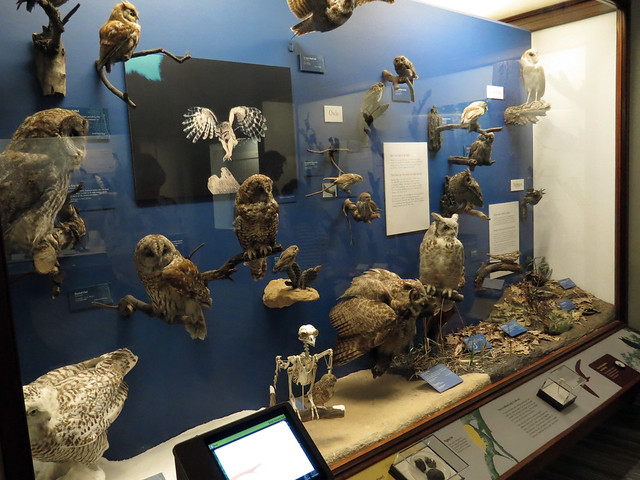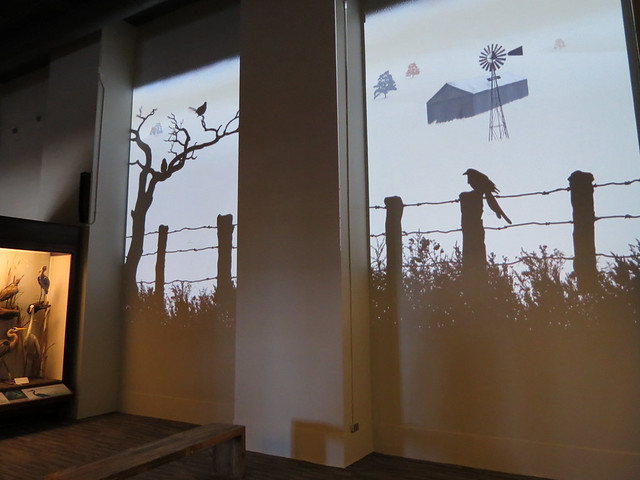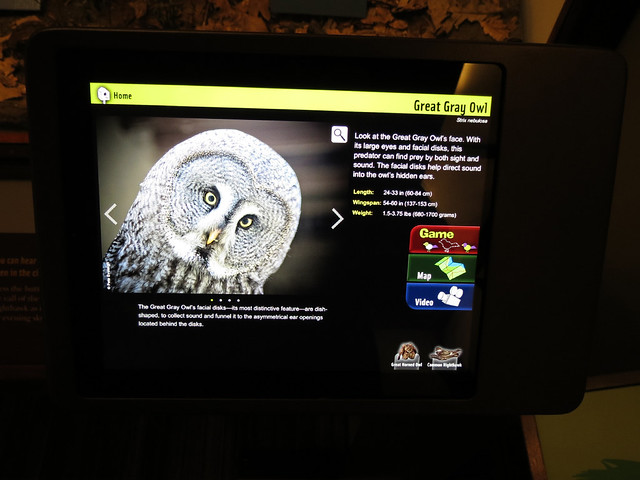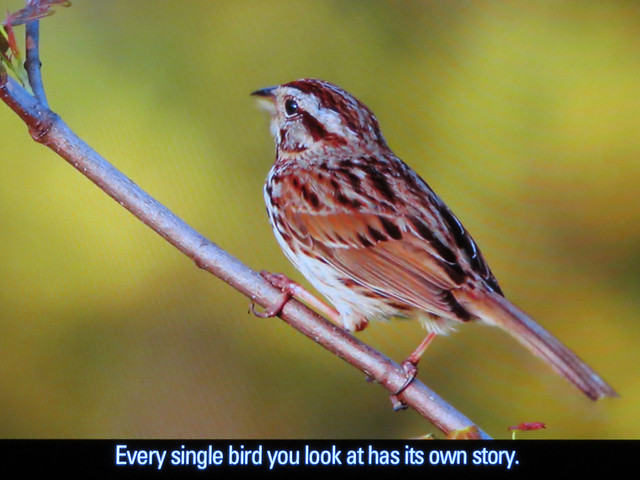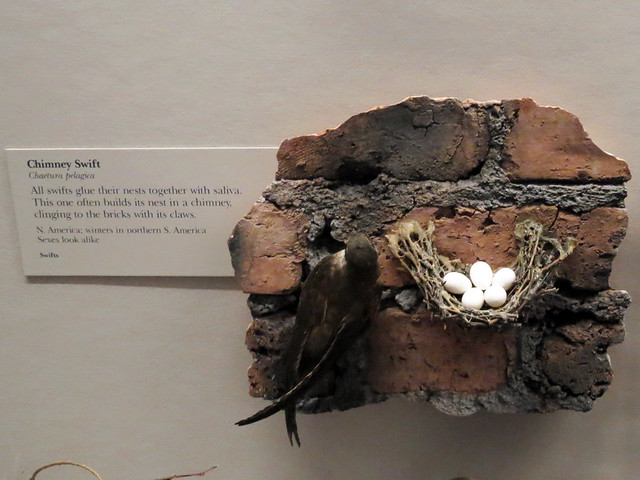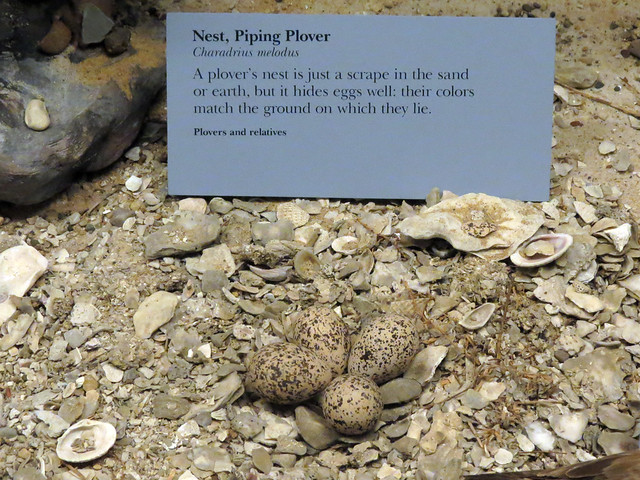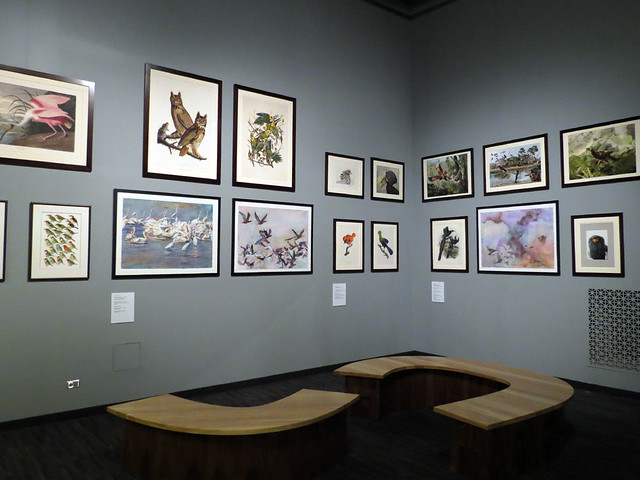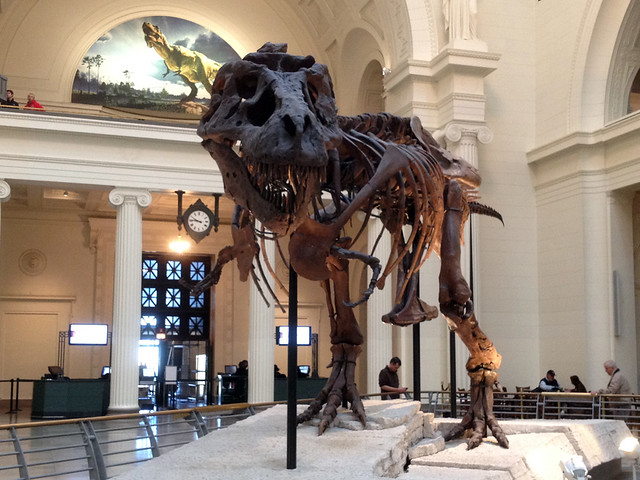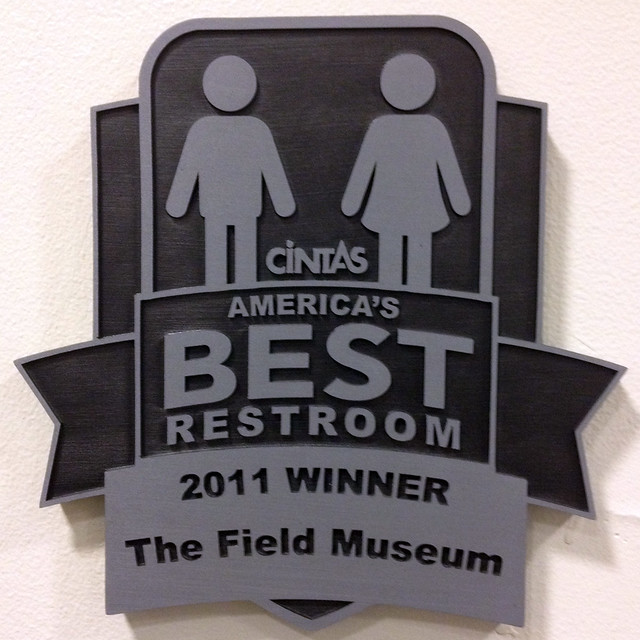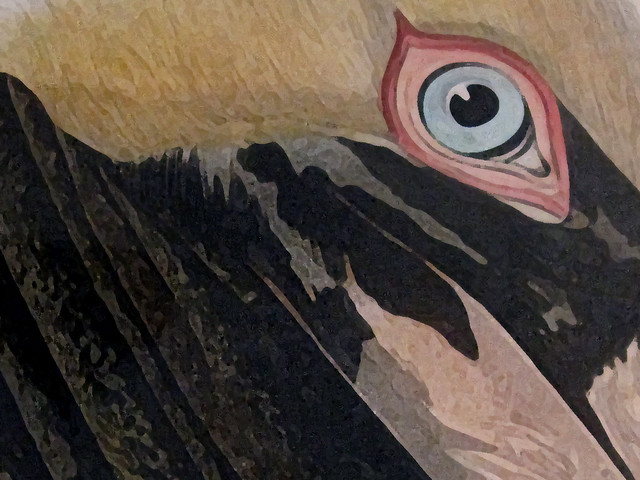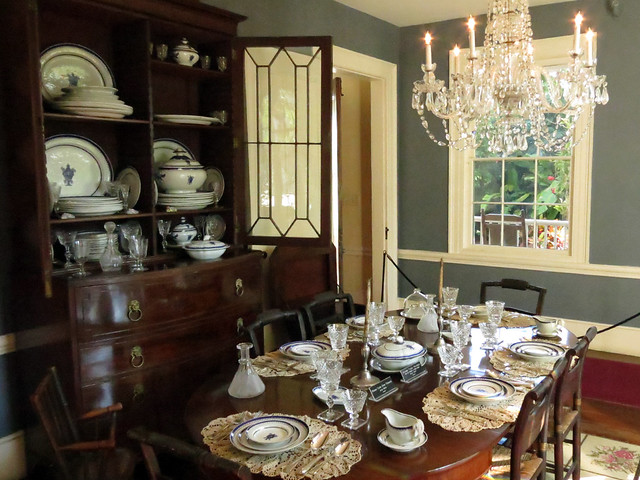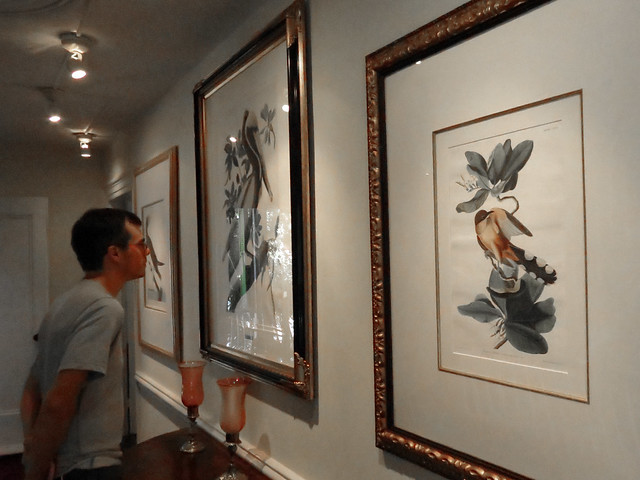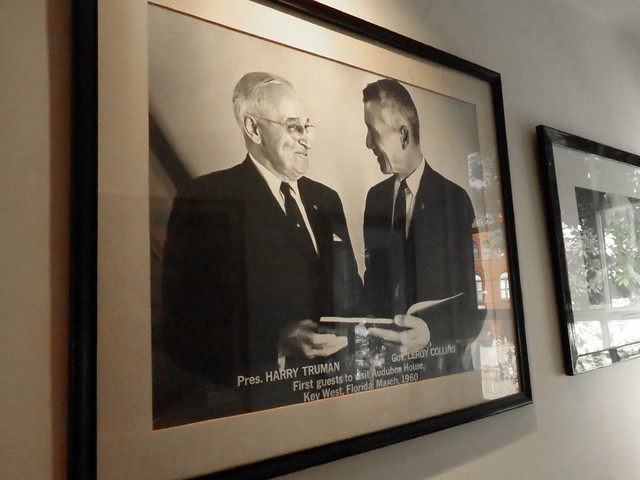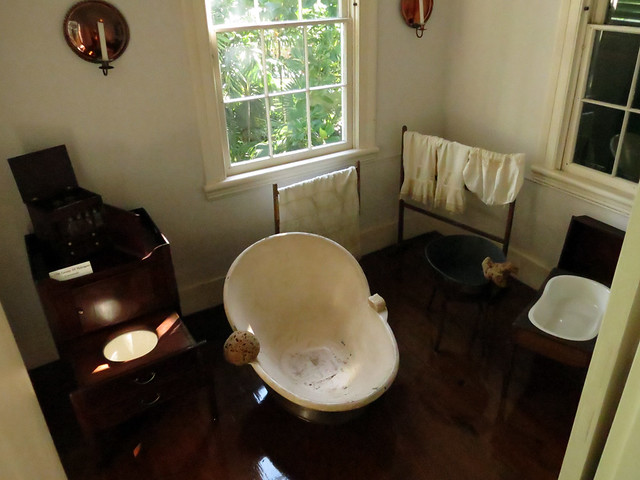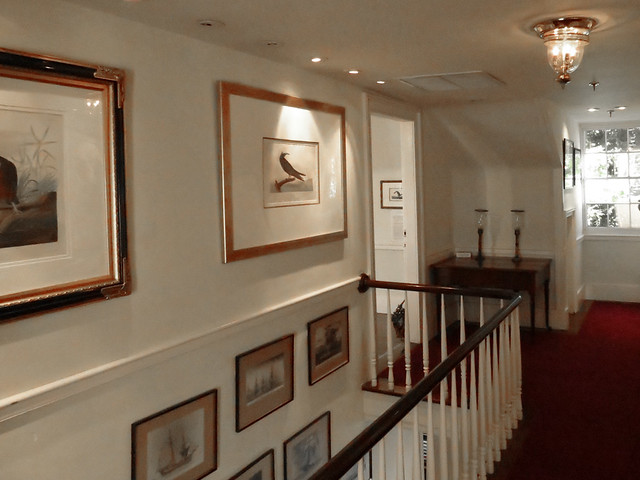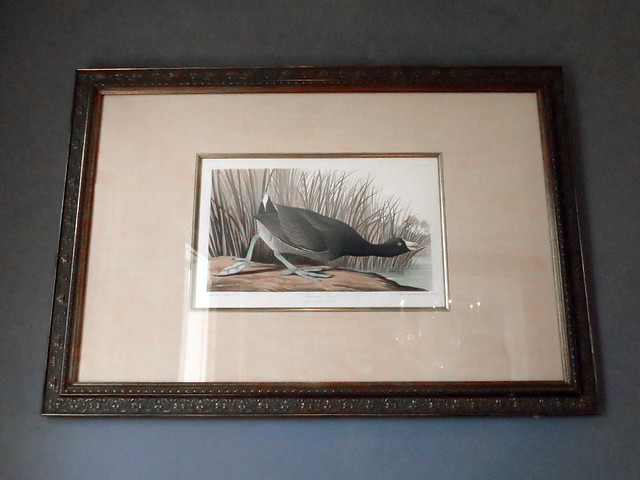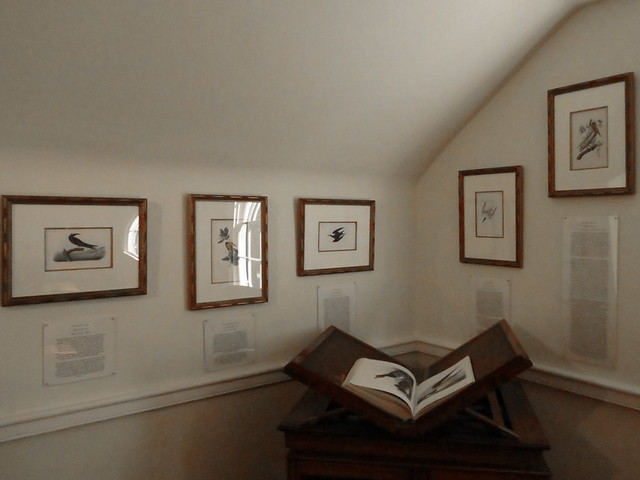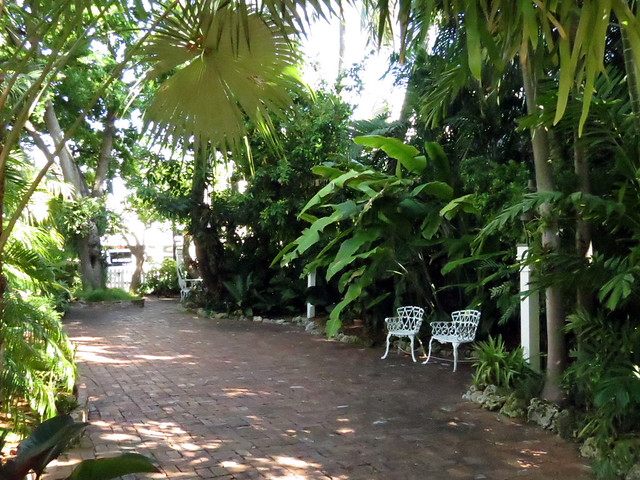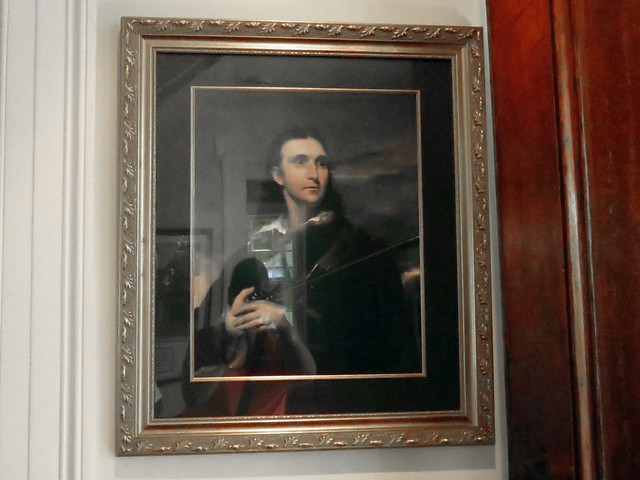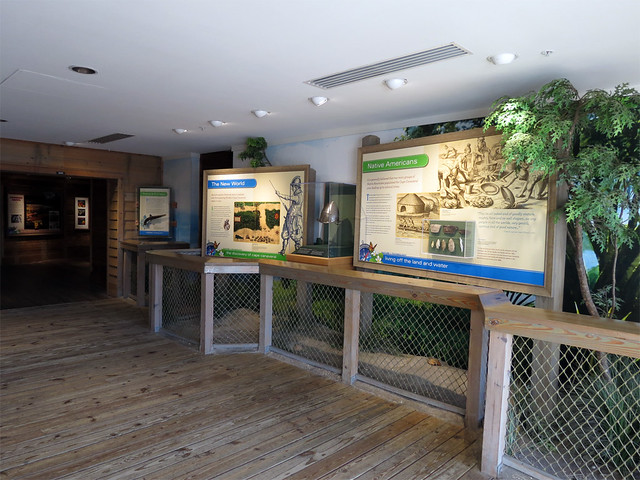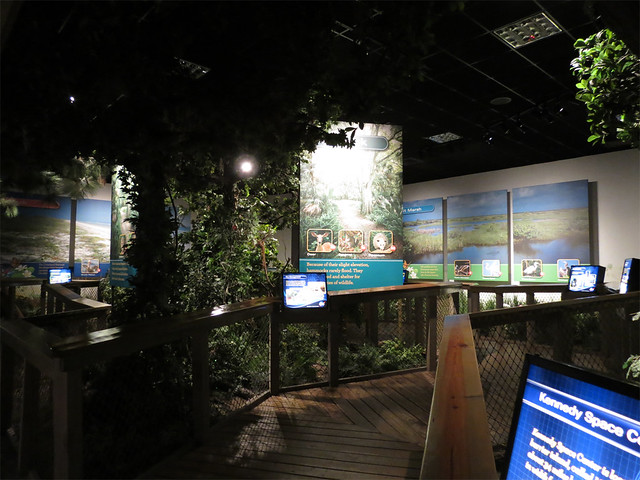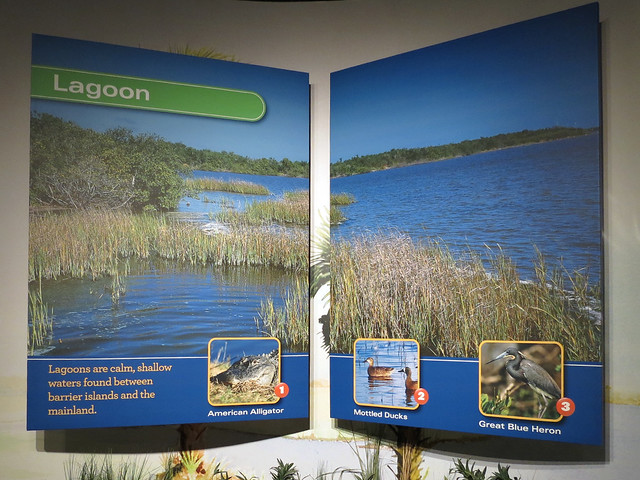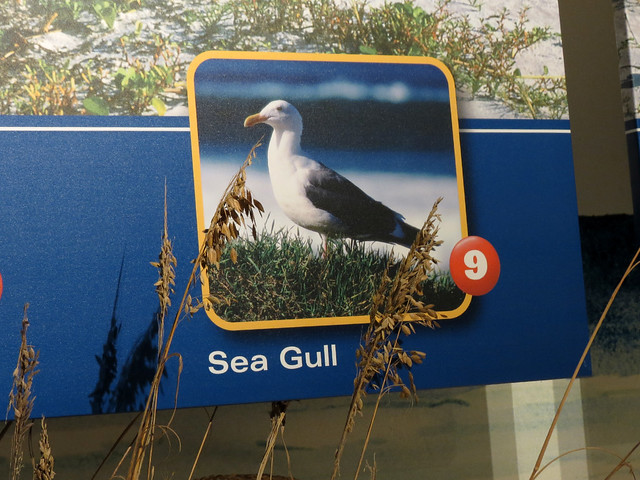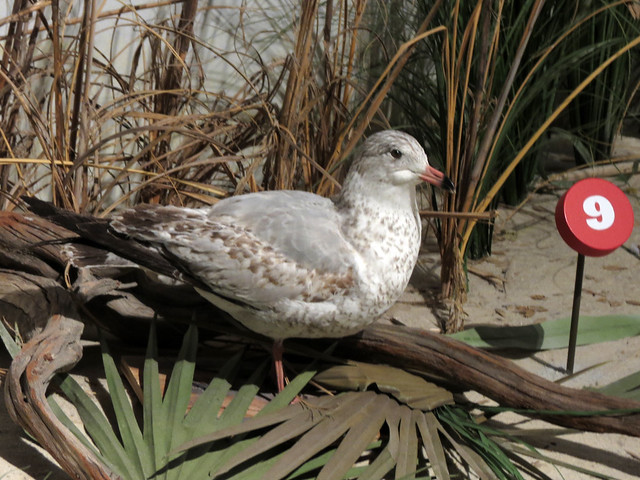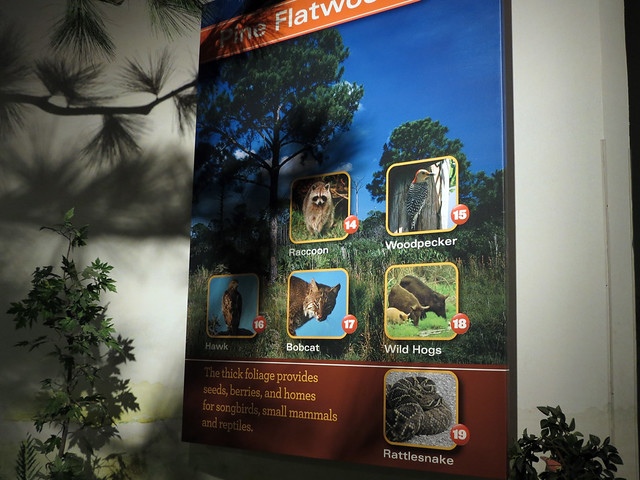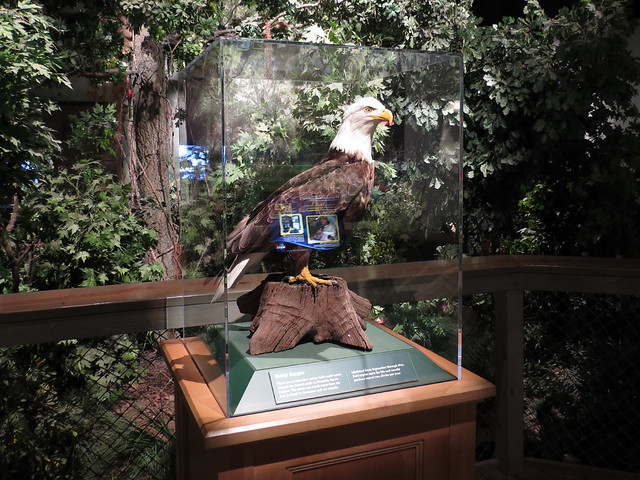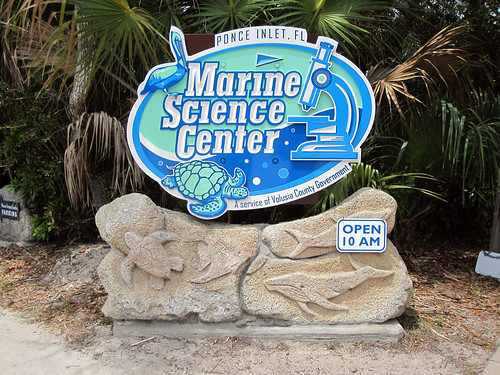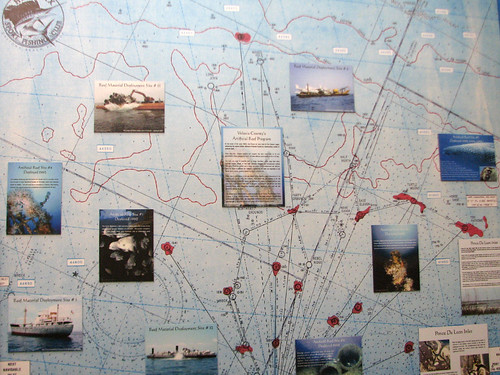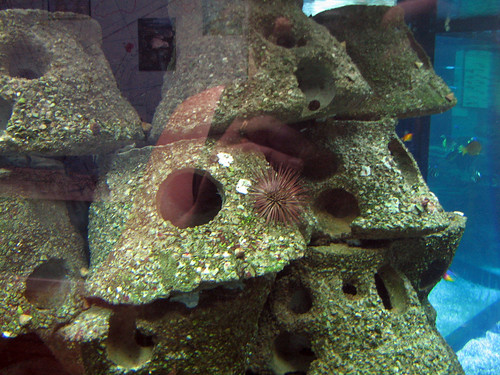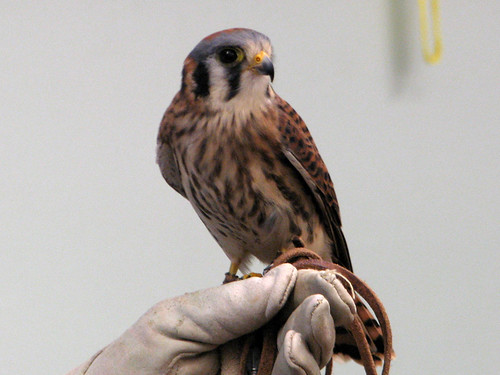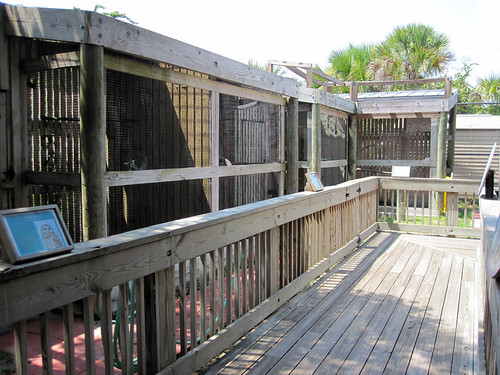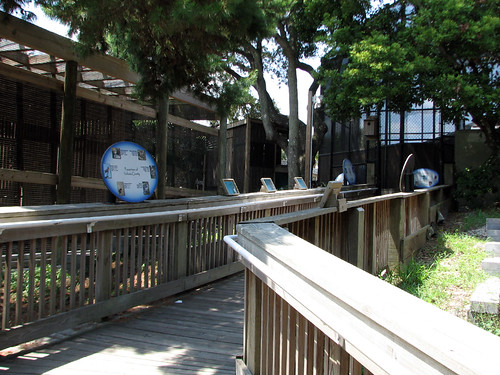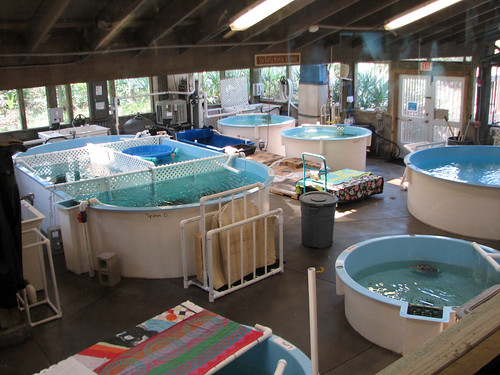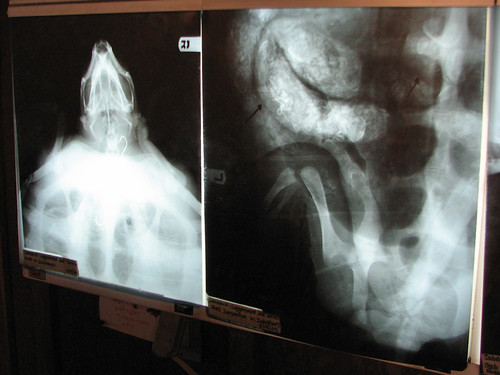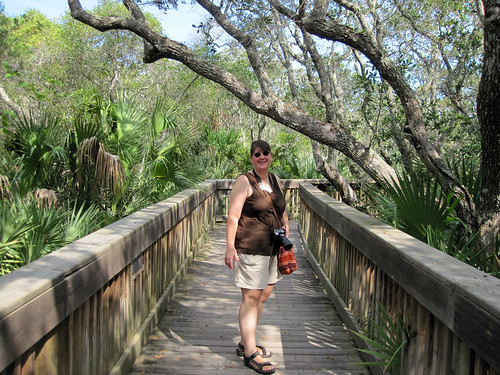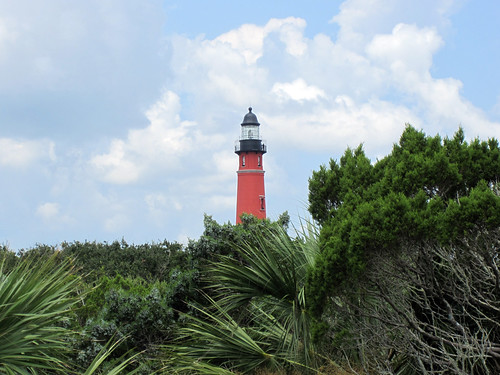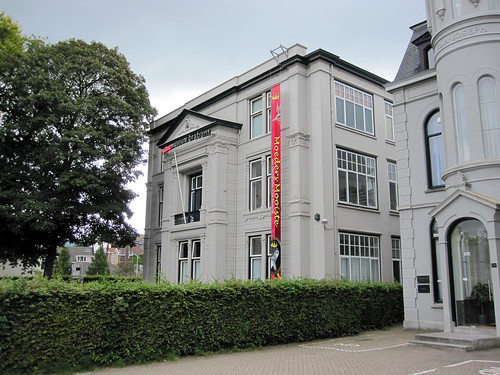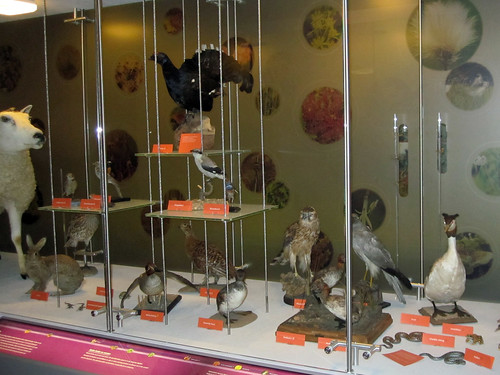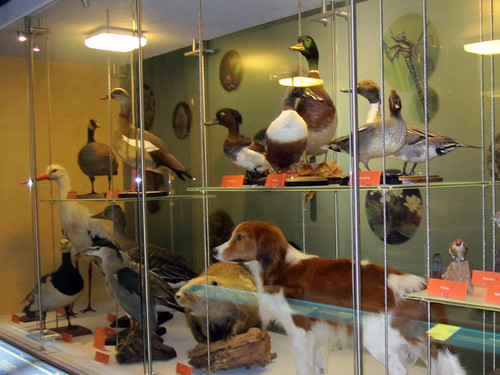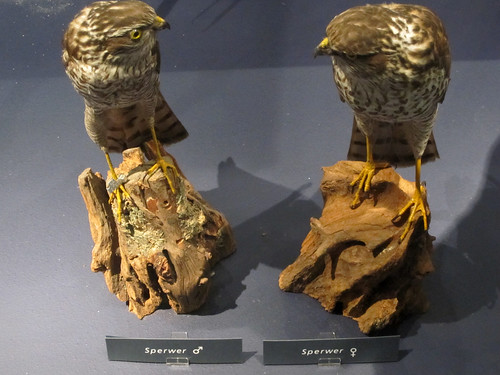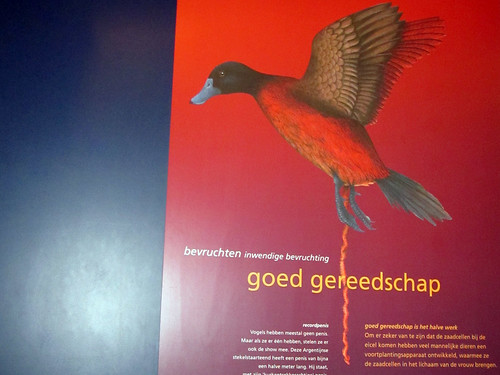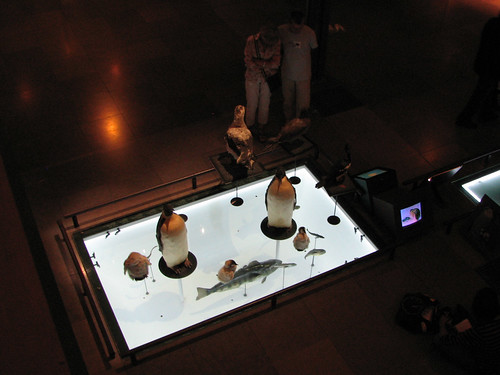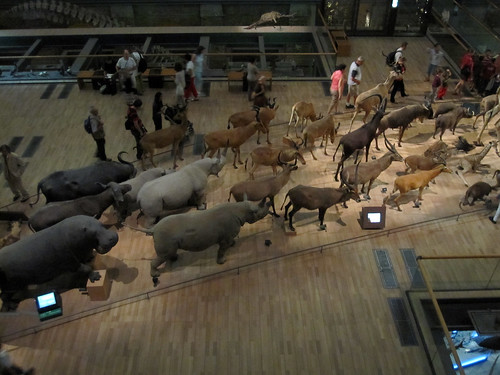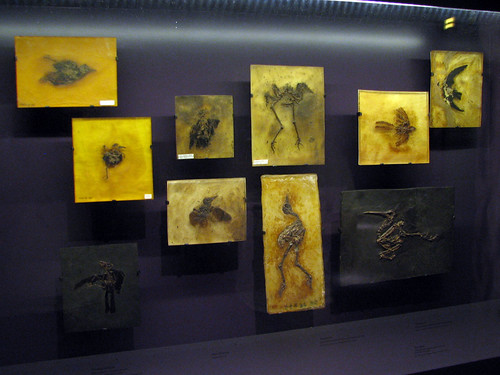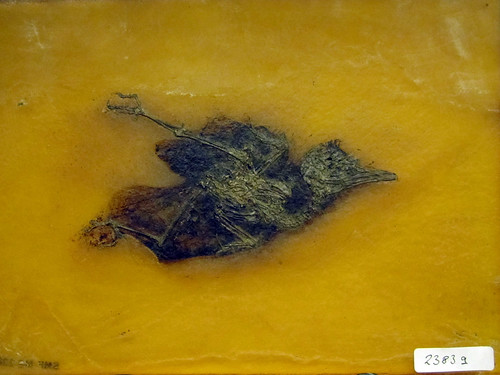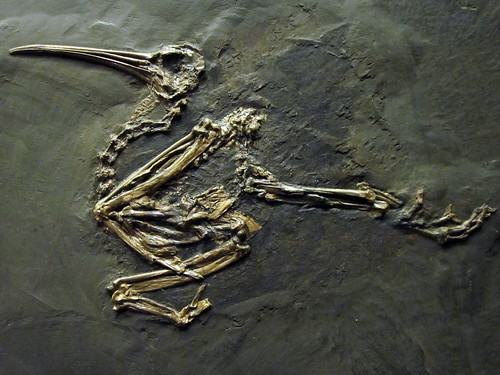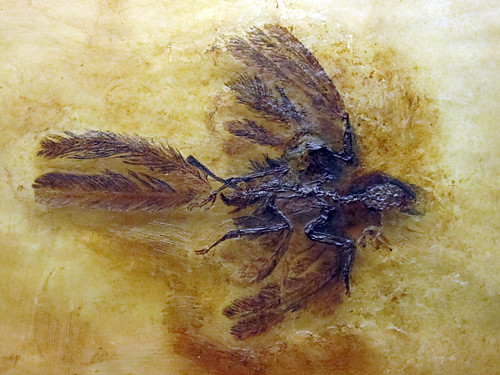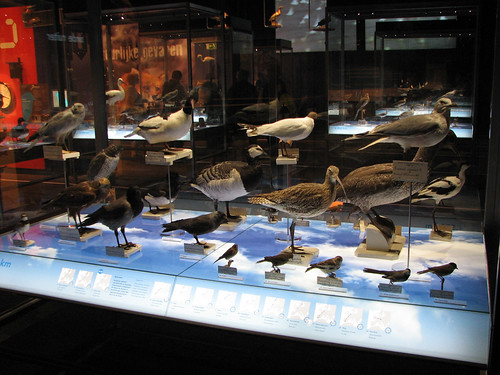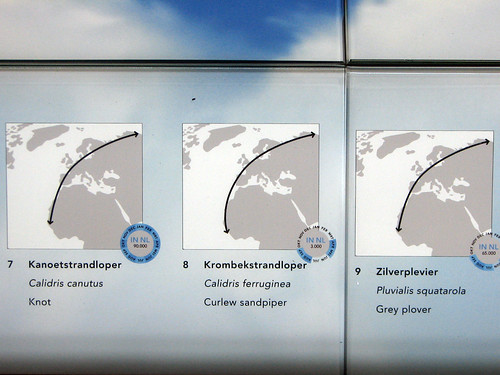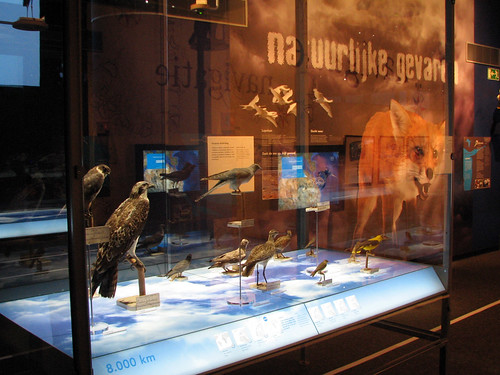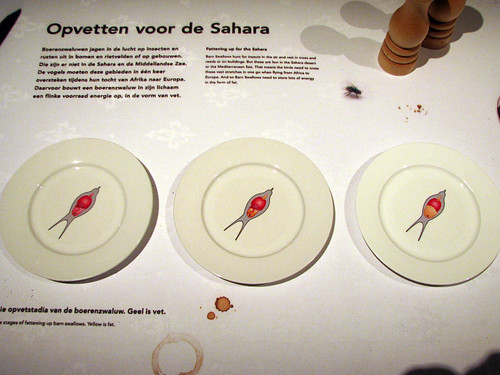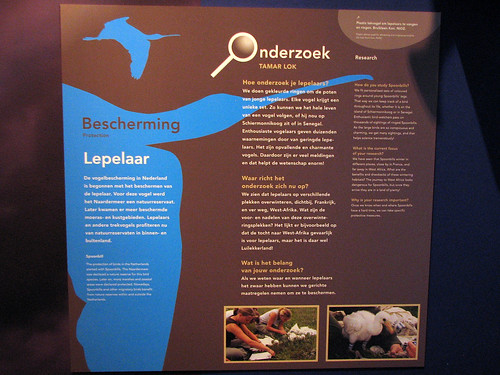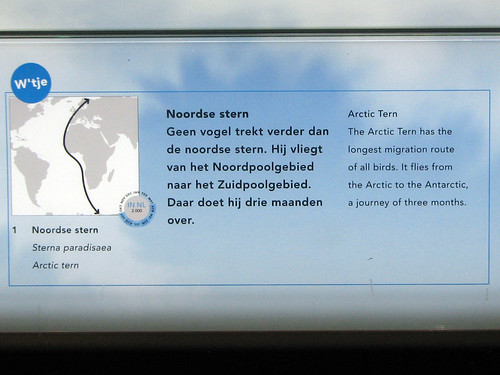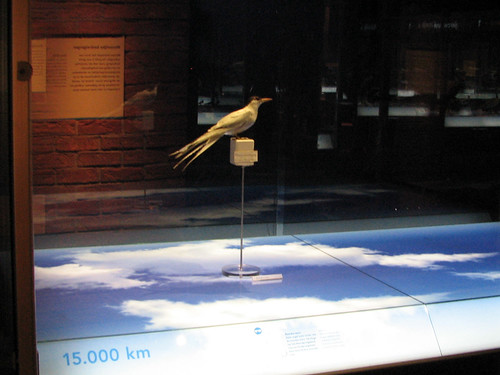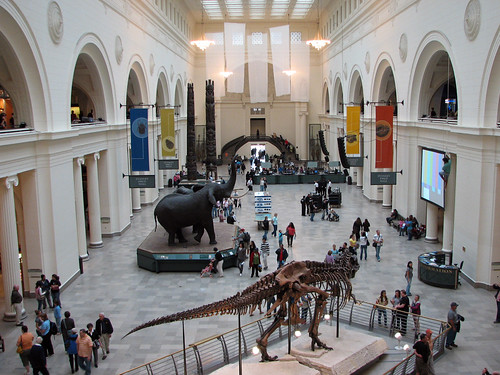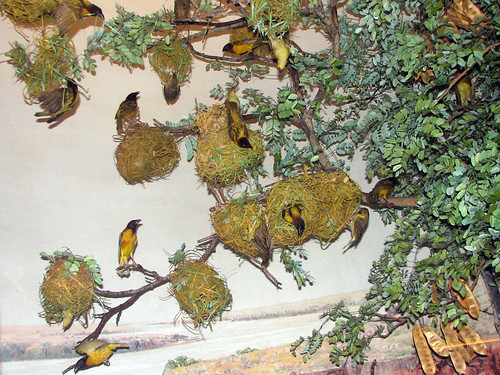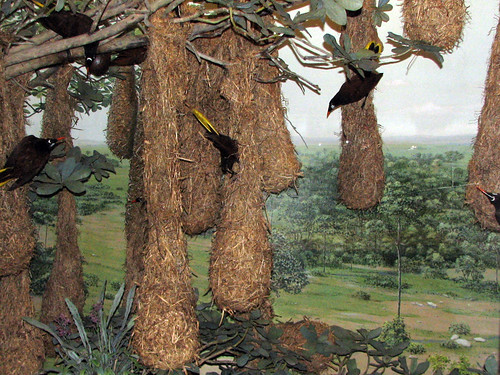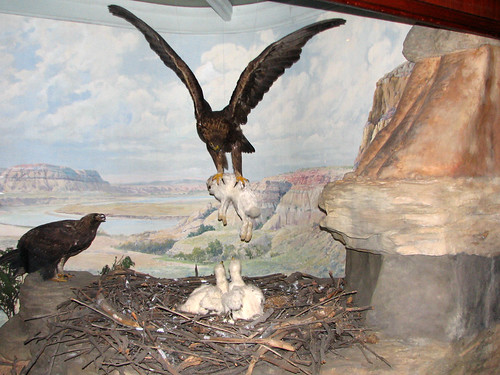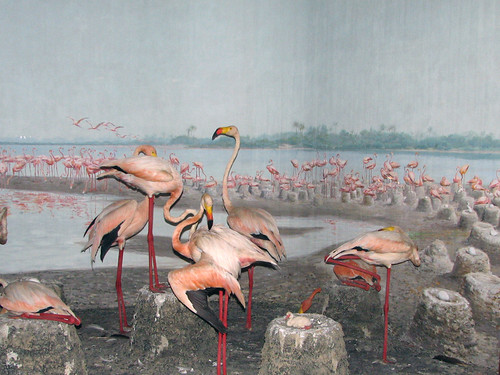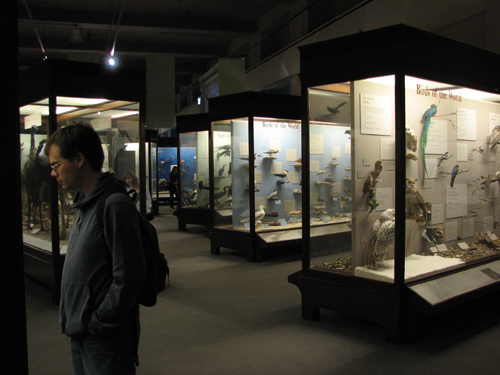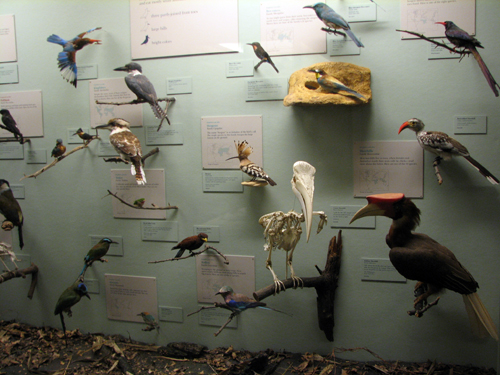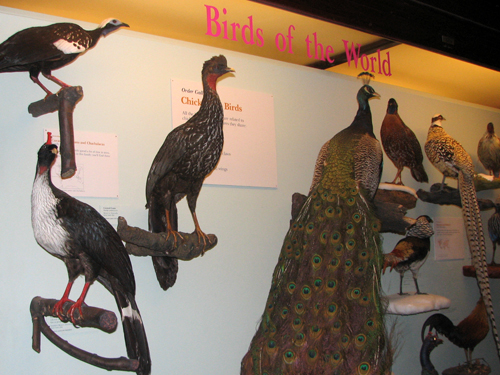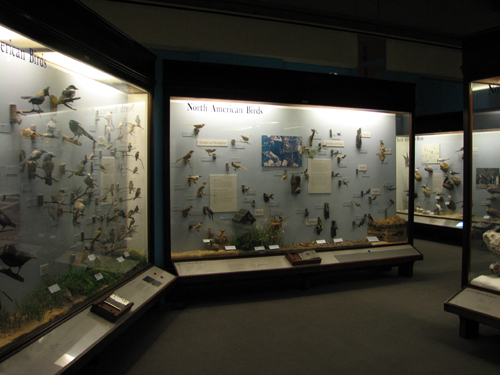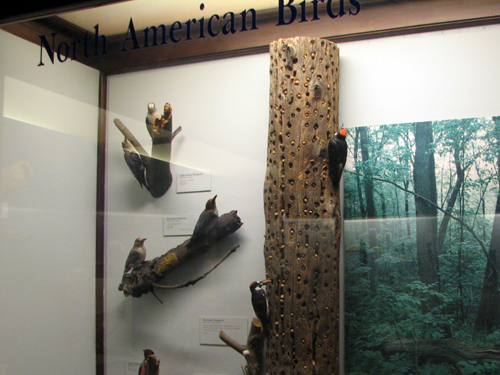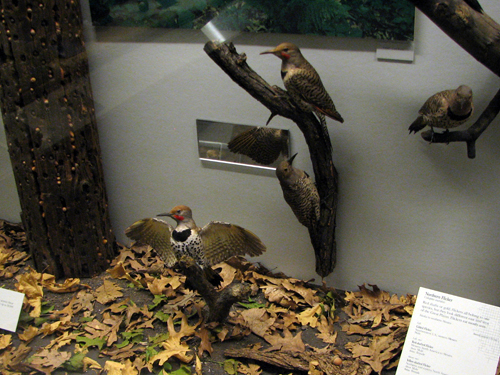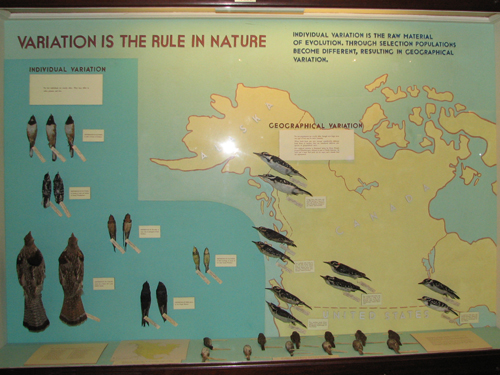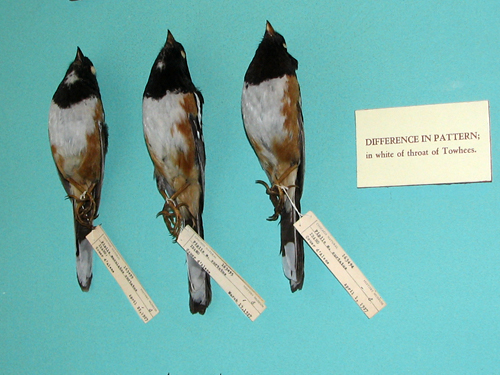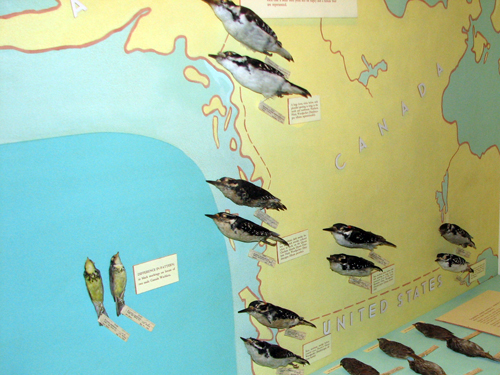Crane Point Museum and Nature Center

Panoramic view from Crane Point
During the weekend of December 7, Arthur attended a sea turtle rehabilitation conference in Marathon. Lucky me, I got to tag along and amuse myself for a day and a half in the Middle Keys. On Saturday, I spent nearly the entire day at beautiful and historic Crane Point, a rare wild space.
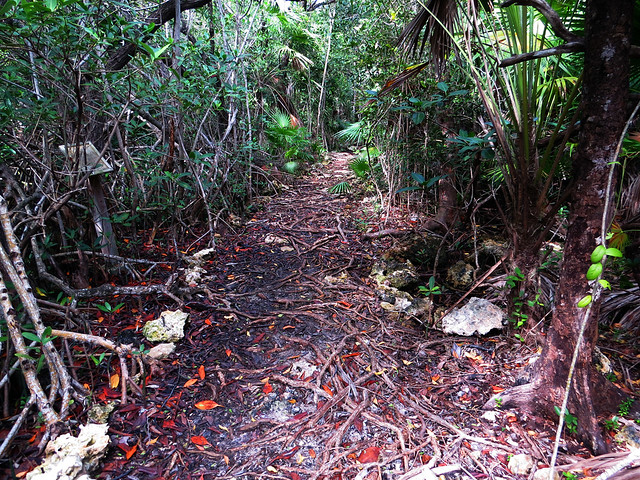
A trail at Crane Point
The first settler on the current Crane Point property was George Adderley, who came to the Keys from his home in the Bahamas in 1902. He built a traditional Bahamian stone home where he lived with his wife, Olivia, and their adopted daughter. Adderley made his living by sponging and making charcoal from wood. Adderley’s restored home still sits on the property, in the area where a small settlement known as Adderley village once stood.
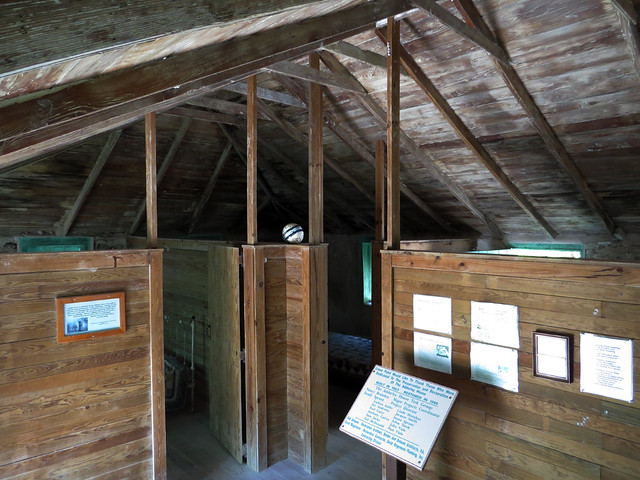
Restored interior of George Adderley House
The Adderleys lived on their property until 1949, when they sold the mostly untouched land to Francis and Mary Crane, a wealthy couple from Massachusetts. The Cranes built a modern Art Deco-style home on the property, and added a few exotic trees and shrubs. For the most part, though, they left the hardwood hammock and other native habitats untouched. The Cranes lived on the property they renamed Crane Point until 1979.

The Art Deco style Crane House
Today the 63-acre property is owned and managed by the Florida Keys Land and Sea Trust. Along with Adderley’s home, the site is also host to a history and nature museum, the Marathon Wild Bird Center (a bird hospital), the original Crane house, a replica Florida Cracker home which holds a collection of natural artifacts, and more. There are interpretive nature trails leading from the museum and gift shop to the end of the property as it reaches into Florida Bay. Visitors can explore the trails and attractions at their own pace. It’s a good idea to start any visit with a viewing of a short documentary on the history of Crane Point.
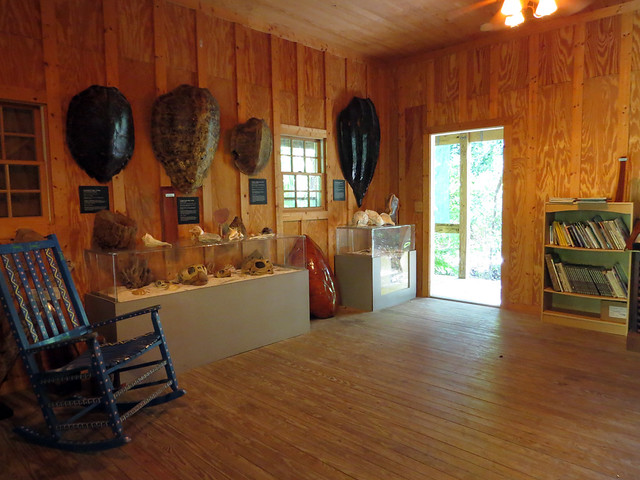
Natural artifacts in the Florida Cracker house
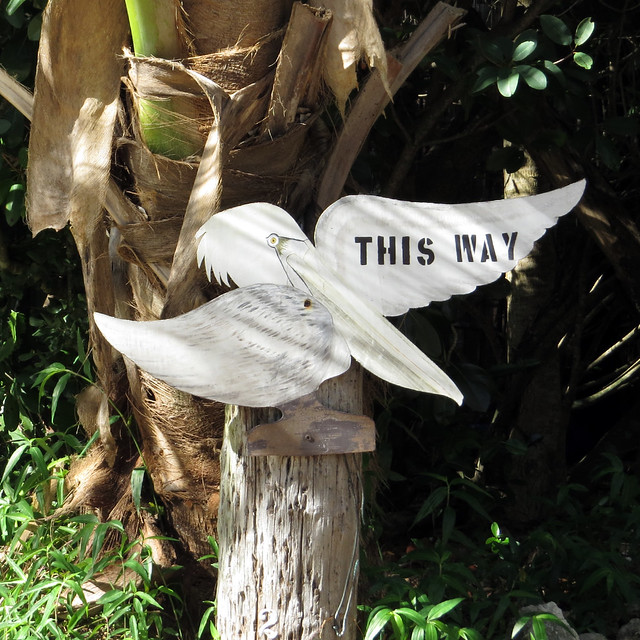
Follow the pelican to the Marathon Wild Bird Center
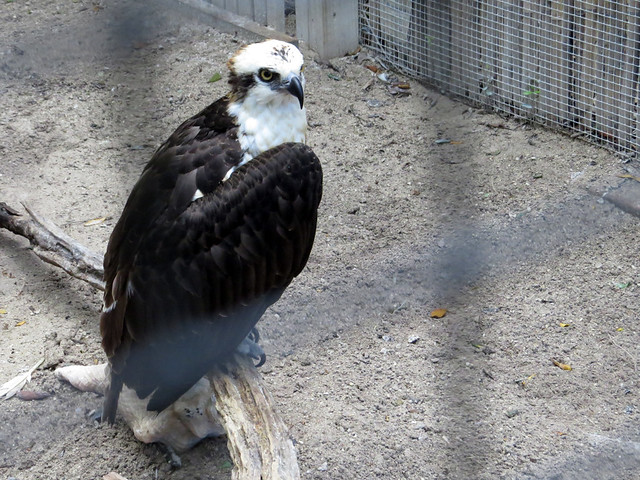
Oliver is a permanent resident at the Center
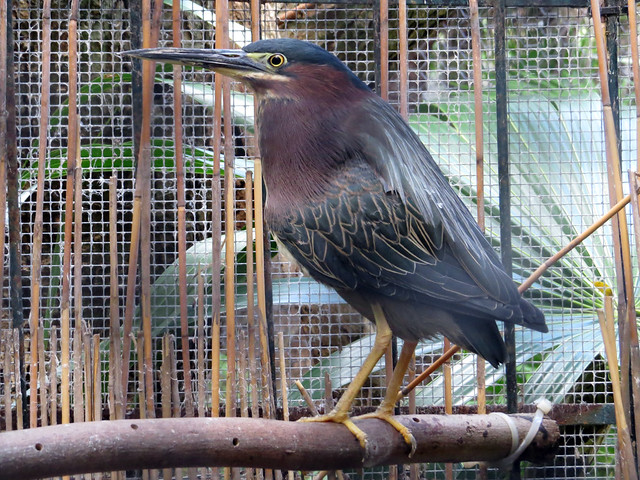
This Green Heron is also a permanent resident at the Center
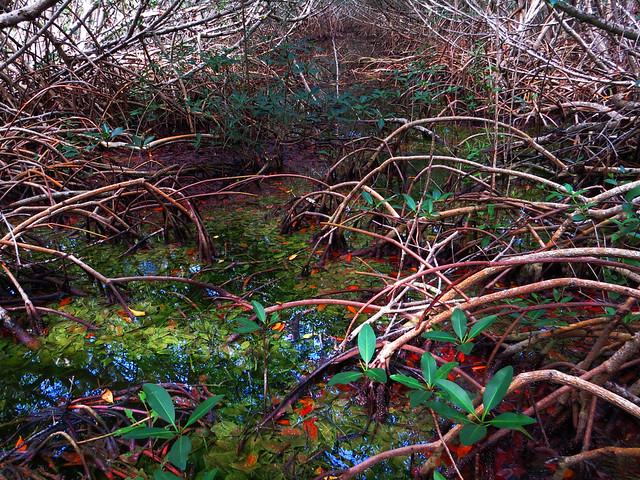
Mangroves
I really enjoyed my visit to Crane Point. While not particularly birdy, I had a good time walking along the trails and reading the interpretive signs about the unique trees and plants found there. From the Point I saw a small Nurse Shark swimming in the shallow water. As I scrambled up the rocks to get a better look at the shark, I was extremely surprised to see an octopus working along the rocky edge of the island. I sat on the rocks for a good half hour waiting for the octopus to emerge; they have such amazing camouflage and are so clever I realized the creature may have slinked past my view out in the open and I may have missed it!
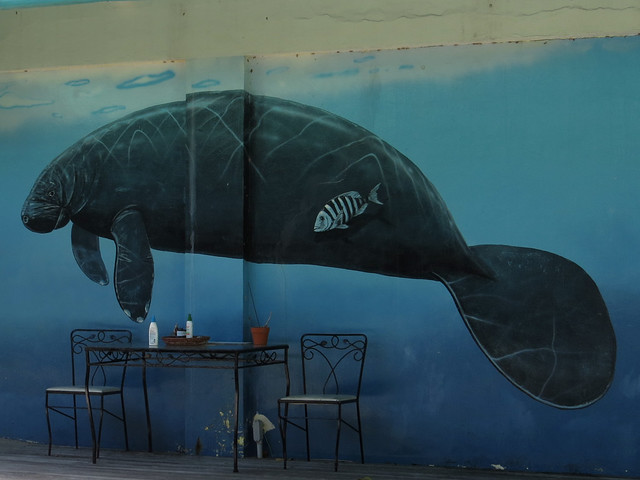
Detail of a Wyland mural on the Crane Point museum building
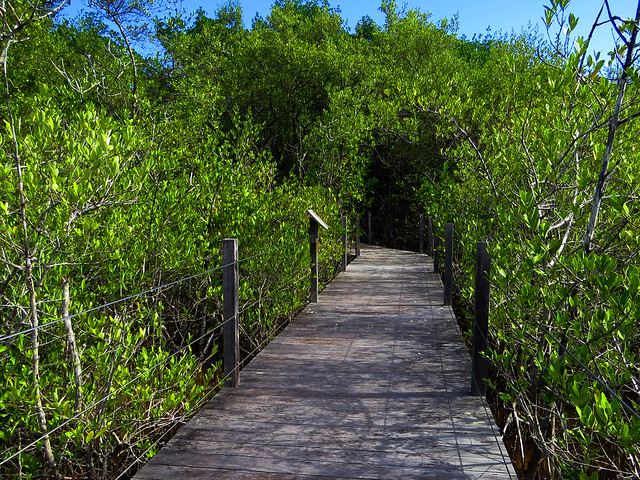
Boardwalk trail
I wasn’t done exploring by the time noon came around. I left to have a quick lunch at a nearby deli and returned in the afternoon to have a proper look at the museum and to walk the trails again. I saw even fewer birds than I had in the morning. I did get to see a pair of young raccoons slinking along the mangroves and further down the trail an agitated squirrel conveniently pointed out a corn snake slithering around a mangrove tree at about eye level. I spent more time at the Point, sitting at a picnic table in the Crane House gardens. There I had my best looks ever (but no photos) of a Magnificent Frigatebird, an adult with a bright red throat patch. It had a fish in its beak and was being chased by a couple of gulls. As I relaxed in the garden, Green Iguanas roamed around the Crane House grounds. I had a chance to photograph them as they sunned.
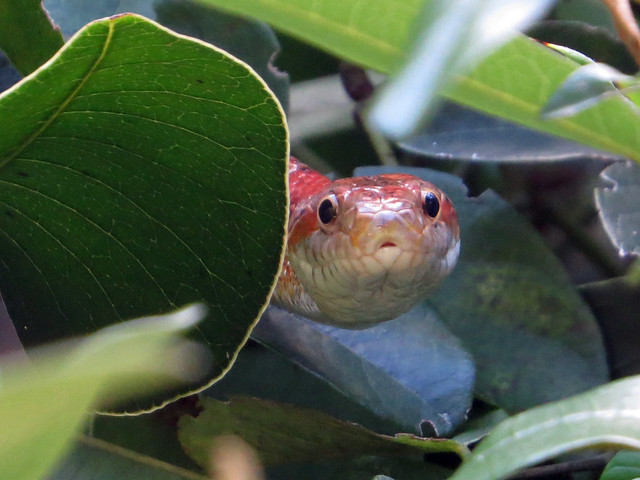
No friend to the squirrels

Immature Magnificent Frigatebird
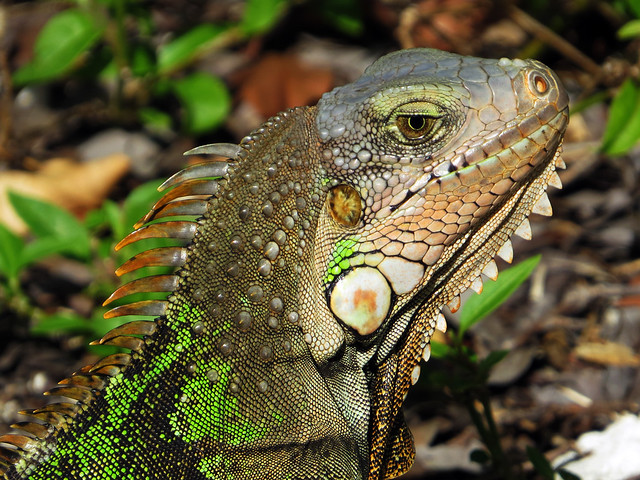
Green Iguana
Crane Point is a wonderful piece of wild Florida in the Middle Keys and well worth a visit. I’m sure I’ll be back again!



